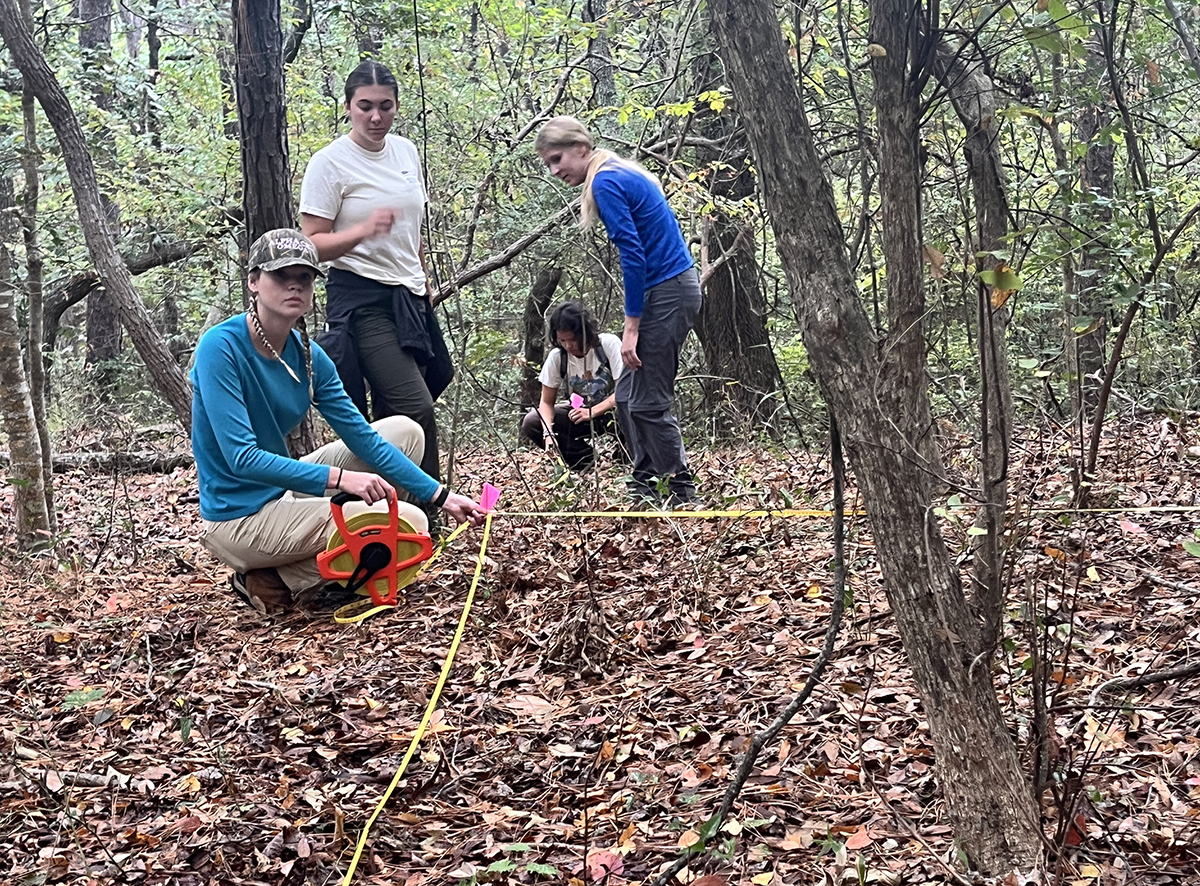Animal-feeding operations have measurable effects on stream water quality in many agricultural watersheds in the N.C. Coastal Plain, according to a report announced Tuesday by the U.S. Geological Survey.
USGS scientists took water samples from 54 agricultural sites in the Coastal Plain area in order to assess water-quality differences among streams draining watersheds with and without concentrated animal-feeding operations, or CAFOs. The samples were taken six times between June 2012 and April 2013 from 18 watersheds with no CAFOs; 18 watersheds with swine CAFOs; and 18 watersheds with both swine and poultry CAFOs.
Supporter Spotlight

The researchers found that 58 percent of the watersheds containing CAFOs had distinct differences in water quality reflecting the manure effects. However, 28 percent of the watersheds showed no measurable manure effects on water quality, despite having CAFOs upstream.
“Overall the study showed that agricultural fields treated with animal manures at swine CAFOs influenced water-quality parameters in many, but not all, of the streams that were studied,” said USGS hydrologist Stephen Harden, lead author of the study. “Variations in environmental settings among the sites influenced whether or not the effects of swine CAFOs on stream water quality were evident.”
The watershed groups with CAFOs had higher median concentrations of nutrients such as ammonia plus organic nitrogen, ammonia, nitrate plus nitrite, and total nitrogen, as well as major ions such as magnesium, sodium, potassium and chloride, than the group with no animal operations.
In eastern North Carolina, nutrient surpluses in streams have contributed to water-quality problems in the Tar-Pamlico and Neuse River Basins, particularly in the estuaries. Excessive inputs of nitrogen and phosphorus to nutrient-sensitive waters can stimulate algal blooms and lead to fish kills.
Agricultural activities, including crop and animal production, are considered important contributors of nitrogen and phosphorus to streams in the Coastal Plain.
Supporter Spotlight
At a typical swine CAFO, waste manures produced by the animals are flushed from the swine barns and collected in one or more storage lagoons. Wastewater from the lagoons is applied periodically to nearby fields, which provides beneficial nutrients to support the production of agricultural crops.
More than 2,300 CAFOs are regulated by the N.C. Department of Environment and Natural Resources, Division of Water Resources, which cooperated in the study. Most of the permitted CAFOs, about 2,000, are swine-production facilities in the Coastal Plain.







